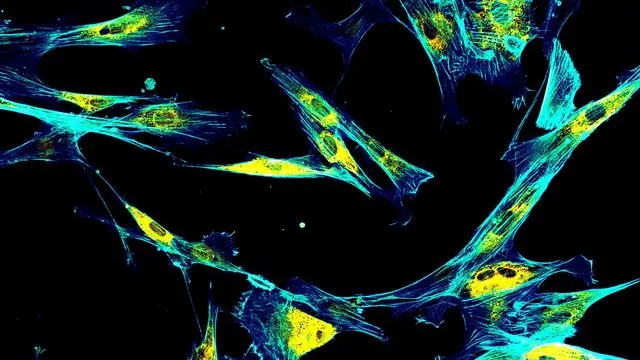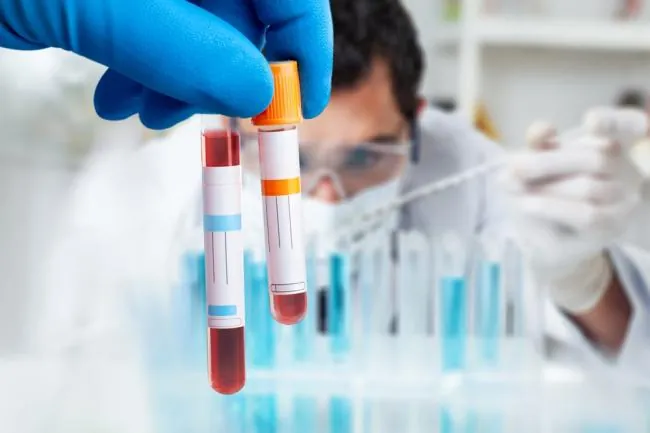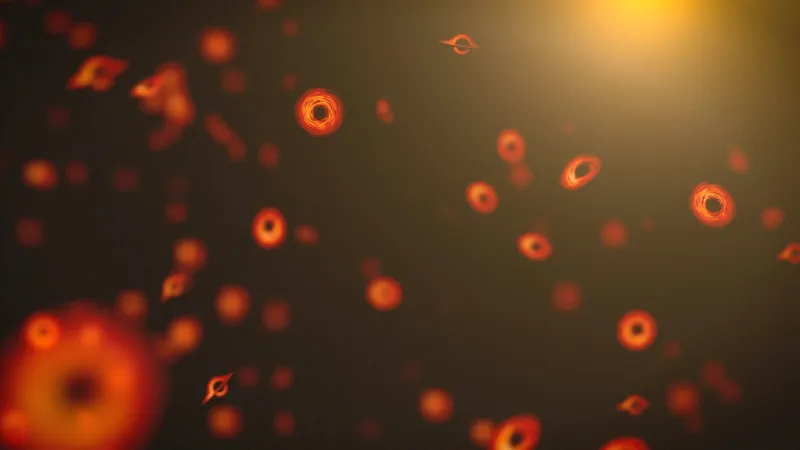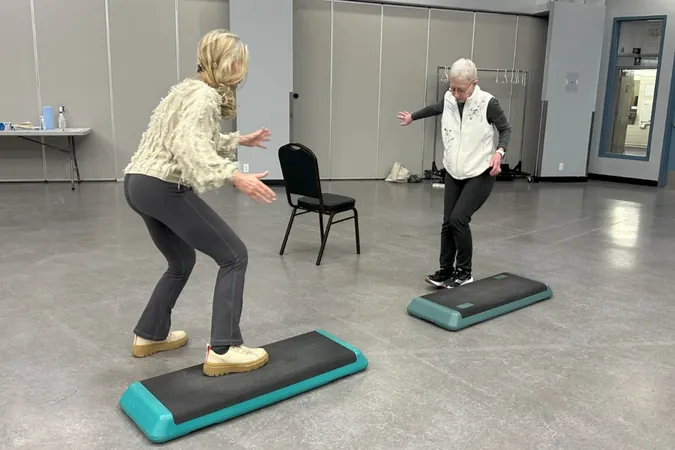
Can Cells Team Up to Sense Better? Discoveries on Collective Cell Behavior
2025-09-15
Author: William
Imagine a princess so finely attuned that she can feel a pea beneath a mountain of mattresses—this classic fairy tale mirrors astonishing findings in human biology. Just like the princess, abnormal cancer cells have the extraordinary ability to sense their environment, but now researchers reveal that ordinary cells can enhance their sensory capabilities by collaborating.
Engineers at Washington University in St. Louis shed light on this phenomenon in their groundbreaking research, published in the journal PNAS. Their findings not only deepen our understanding of how cancer spreads but also highlight potential targets for therapeutic intervention. Amit Pathak, a professor at the McKelvey School of Engineering, coined the term 'depth mechano-sensing' to describe how cells extend their sensory reach beyond what they are physically connected to.
Previously, Pathak's team discovered that cancer cells characterized by a 'high front-rear polarity' (a sign of migration) can sense depth up to 10 microns outside their immediate environment. This is achieved by manipulating the surrounding fibrous collagen to probe the extracellular matrix (ECM), allowing them to gauge the stiffness of nearby tissues—be it hard tumors, soft tissues, or bone.
Now, the new insights indicate that groups of epithelial cells, the cells lining our tissues, can collectively sense their surroundings in a far more sophisticated way. By banding together, these cells can exert greater force and 'feel' their environment up to 100 microns away, significantly enhancing their ability to navigate complex tissue landscapes.
Pathak emphasizes that this collective force not only enhances sensing capabilities but also affects cell clustering and dispersal—key processes in tumor progression. As cancer cells fine-tune their sensory feedback, they can escape their tumor confines and move through the body, often avoiding detection by the immune system.
Looking ahead, researchers aim to decipher the mechanisms behind this enhanced collective sensing, especially the regulators that facilitate these processes. Identifying these regulators could unveil new strategies for cancer treatment. If we can inhibit a cancer cell's ability to 'sense' its environment, we could potentially halt its deadly spread.
This pioneering work opens the door to exciting possibilities in cancer therapies, offering hope in the battle against one of biology's most formidable foes.









 Brasil (PT)
Brasil (PT)
 Canada (EN)
Canada (EN)
 Chile (ES)
Chile (ES)
 Česko (CS)
Česko (CS)
 대한민국 (KO)
대한민국 (KO)
 España (ES)
España (ES)
 France (FR)
France (FR)
 Hong Kong (EN)
Hong Kong (EN)
 Italia (IT)
Italia (IT)
 日本 (JA)
日本 (JA)
 Magyarország (HU)
Magyarország (HU)
 Norge (NO)
Norge (NO)
 Polska (PL)
Polska (PL)
 Schweiz (DE)
Schweiz (DE)
 Singapore (EN)
Singapore (EN)
 Sverige (SV)
Sverige (SV)
 Suomi (FI)
Suomi (FI)
 Türkiye (TR)
Türkiye (TR)
 الإمارات العربية المتحدة (AR)
الإمارات العربية المتحدة (AR)